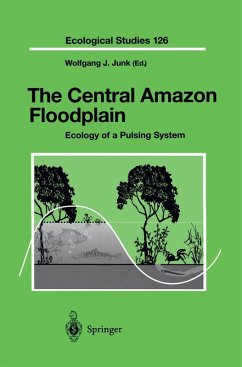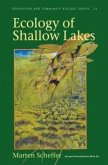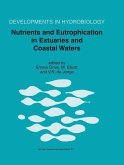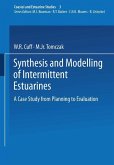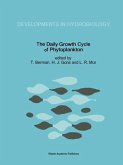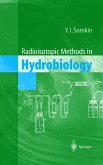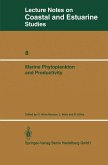Floodplains are ecosystems which are driven by periodic inundation and oscillation between terrestrial and aquatic phases. An understanding of such pulsing systems is only possible by studying both phases and linking the results into an integrated overview. This book presents the results of a 15-year study of the structure and function of one of the largest tropical floodplains, the Amazon River floodplain. It covers in 23 chapters hydrology, hydrochemistry, climatology, soil science, and the ecology of various groups of aquatic and terrestrial plants and animals. In the botanical section, emphasis is given to aquatic algae (phytoplankton and periphyton), aquatic macrophytes, terrestrial herbaceous plants and the floodplain forest. The zoological section covers common terrestrial invertebrates (i.e. spiders, collemboles, termites, oribatid mites, tiger beetles, millipedes), aquatic invertebrates (zooplankton, perizoon, benthos), fishes, birds, mammals, amphibians and reptiles. Data are presented on the biomass of plants and animals, on primary production and decomposition of algae, herbaceous plants and trees of the floodplain forest. The amounts of bioelements stored in different compartments of the system during the aquatic and the terrestrial phases are quantified and fluxes between the phases are described. The authors interpret their findings and the most important data from other studies under an integrating scientific concept, the Flood Pulse Concept.
Dieser Download kann aus rechtlichen Gründen nur mit Rechnungsadresse in A, B, BG, CY, CZ, D, DK, EW, E, FIN, F, GR, HR, H, IRL, I, LT, L, LR, M, NL, PL, P, R, S, SLO, SK ausgeliefert werden.

